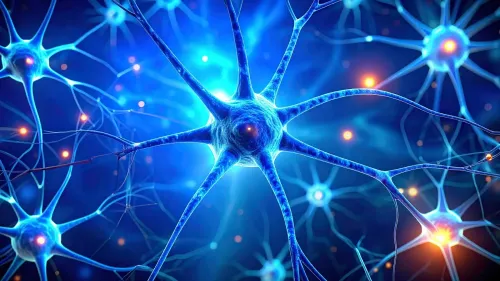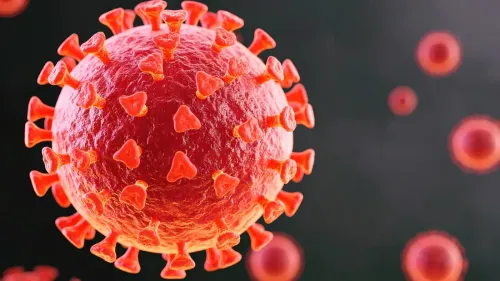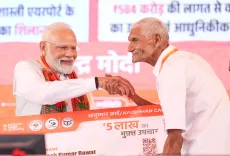How Are GST Reforms Elevating India’s Consumption and Demand?

Synopsis
Key Takeaways
- GST 2.0 is driving positive changes in the Indian economy.
- Consumption and sales across sectors are on the rise.
- Lower GST rates are stimulating job creation.
- Festive spending is enhancing consumer sentiment.
- GDP growth forecasts for FY26 are optimistic.
New Delhi, Oct 27 (NationPress) The implementation of GST 2.0 is beginning to yield positive outcomes for India’s economy, showcasing enhanced consumption patterns, increased sales in vital sectors, and a rise in consumer confidence, as reported by the Finance Ministry on Monday.
This reform, aligned with the festive season, has sparked heightened demand and is projected to further fuel growth in the upcoming months, as indicated in the monthly economic review for September 2025.
The adoption of reduced GST rates has stimulated both consumption and investment across various sectors, contributing to the creation of more job opportunities, the report noted.
Demand dynamics in the second quarter of FY26 have demonstrated noticeable improvement, bolstered by robust performances in high-frequency indicators.
Output of consumer durables increased by 5.4 percent in July and August 2025, compared to 2.6 percent in the first quarter of the financial year.
Urban fast-moving consumer goods (FMCG) sales remained stable at 4.1 percent during this period, while rural FMCG sales surged by 8.4 percent, indicating strong consumption in smaller towns and villages.
The combination of the Navratri festivities and the implementation of GST rate reductions has significantly uplifted consumer sentiment.
This resulted in retail sales of passenger vehicles soaring by 34.8 percent year-on-year (YoY) during the Navratri season, driven by new buyers and upgrades to premium models.
Sales of two- and three-wheelers also experienced a 35.3 percent increase, while tractor sales in September reached an all-time high, supported by favorable monsoon conditions and rural purchasing power.
The rise in festive spending was also evident in digital transactions, with the average daily volume and value of UPI payments sharply increasing in October compared to the preceding month, reflecting strong demand propelled by GST reforms and festive excitement.
Economists anticipate that the momentum established in the second quarter of FY26 will persist in the months to come, backed by resilient domestic activity and demand recovery.
The recent rationalization of GST, particularly concerning essential and high-value goods, is expected to sustain consumption and promote job creation.
Despite a challenging global environment characterized by trade policy uncertainties and elevated US tariffs on Indian products, India’s domestic strength has been highlighted, as stated in the report.
High-frequency indicators are revealing healthy trends, while GST reforms and festive demand have enabled the economy to maintain its growth trajectory.
Reflecting this optimism, both the International Monetary Fund (IMF) and the Reserve Bank of India (RBI) have revised India’s GDP growth forecast for FY26.
The IMF now anticipates the economy to expand by 6.6 percent, while the RBI projects a slightly higher 6.8 percent.
Analysts believe that the recent reductions in GST rates will help keep inflation in check while continuing to bolster household spending.








